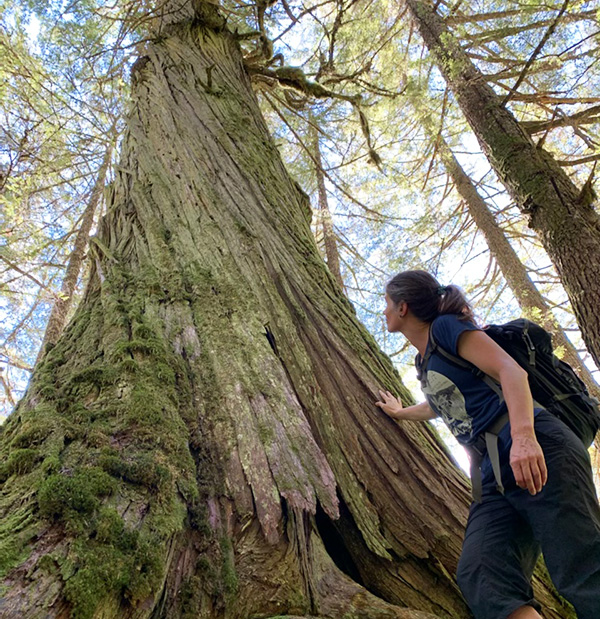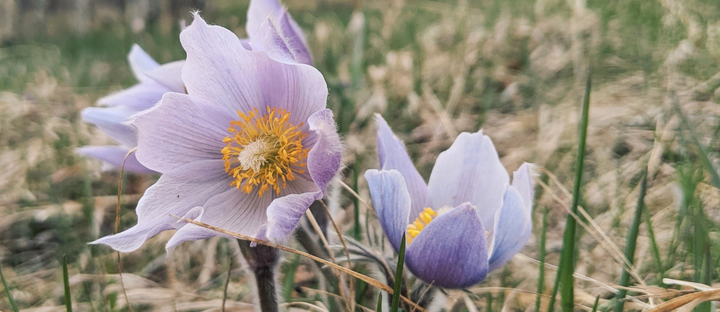Growing what you know about Indigenous-led conservation
This guest post is courtesy of Nadine Raynolds, a program manager on Y2Y’s Communities and Conservation team. With a background in environmental science, education, local government, and community development, she has been instrumental in leading programming such as for Y2Y’s Ethical Space workshop series.

Positive change for nature today — and a better future for all — is possible thanks to the leadership of Indigenous Peoples.
Part of my job at Y2Y includes working with communities to build support for Indigenous-led conservation in British Columbia. But I know this goes far beyond a job description. We all share a responsibility to engage in Truth and Reconciliation and make better choices in our lives and work to ensure all people and wildlife can thrive.
This commitment can begin with learning. Here are three places to start, or continue, your learning journey:
1. Read, reflect, respond
While it takes time and practice, it’s important to actually read and reflect on the Truth and Reconciliation Calls-to-Action and the United Nations Declaration on the Rights of Indigenous Peoples (UNDRIP). What are the ways you will act on these in your life and work?
2. Learn about where you live
Maybe you have heard of or used Native Land Digital to find out which Indigenous lands you live on. Some questions to dive deeper into might be: What’s the history of the landscape where you live and play? What are the Indigenous worldviews of that place, its plants and animals? How might knowing this change the way you think and behave?
3. Engage in Ethical Space
Our Ethical Space workshops are filled with diverse perspectives and Indigenous knowledge to learn from. Take some time to watch the videos, consider “two-eyed seeing” and how this might change the way you engage with people and make decisions. (Two-eyed seeing is an approach where one eye “sees” the strengths of Indigenous knowledge and ways of knowing, while the other “sees” strengths of Western knowledge and ways of knowing.)
By walking alongside each other, learning, growing and weaving ways of knowing, we can foster a future where people and nature thrive.


